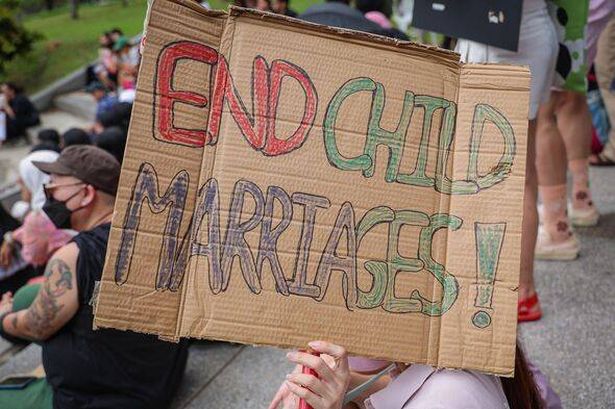Mina Khanoom was sold into marriage aged 12 – and this is her story
Mina Khanoom is a woman who was raised in one of Iran’s most remote and traditional communities, and her devastating experience of child marriage highlights some of the atrocities still occurring in the nation today.
Acclaimed journalist Tara Kangarlou’s book The Heartbeat of Iran meticulously documents the real experiences of ordinary citizens living in the country. From environmental campaigners living in the nation’s most impoverished regions to a transgender woman in Tehran, each chapter exposes the intricacies of life in their motherland, with Mina’s being amongst them.
When she was just 12, Mina was compelled to wed a 30-year-old man. Whilst this reality may seem incomprehensible to contemplate here in Britain, across numerous regions globally – including the Middle East, Asia and Africa – this continues to occur.
Mina said: “My parents were illiterate and didn’t know any better. Back then, a lot of poor and illiterate families would marry their girls off at that age.”
This absence of awareness and schooling affects more than 700 million women worldwide who were wed whilst still youngsters, reports the Express.
This problem also touches Western nations. In America, the legal marriage age is 18, however there exists an exception allowing it to happen earlier with parental consent and judicial approval.
Bearing this in mind, astonishingly, in 2025, child marriage remains lawful in 34 states, whilst just 16 have prohibited underage unions without exception. Countries such as South Sudan, Saudi Arabia, Equatorial Guinea, Gambia, Somalia and Yemen have no legal minimum age for marriage.
Meanwhile, in Iran, girls can legally marry at 13 and boys at 15, though many of these child marriages go unregistered.
Mina shared her harrowing tale of being married to her late husband, saying: “I was scared of him.”
As a child, her mother would tuck her into bed, and once she’d drifted off, her adult husband would enter the room. At the tender age of 14, Mina fell pregnant with her first son, a moment she remembers all too well.
“One day I felt something moving in my stomach, and I started crying and ran to my husband’s aunt. I was screaming, ‘Abji Shirin, Abji Shirin (meaning sister in Farsi), a mouse has gone into my stomach. See, it’s moving.”
The young girl had no understanding of what it meant to be pregnant, and four years later, she gave birth to her second son.
Tragedy struck when she was just 19, as Mina’s husband died suddenly in a car crash, leaving her a teenage widow. After his death, she was left to shoulder the financial burden alone, with no support from either side of the family, all she had left was hope.
“I don’t know what it was, but I’ve always had hope,” she said. “I swear to God, sometimes I think ten grown men could not have survived my life-but somehow I did, and I think it was all because of my never-ending belief in the power of hope.”
There were countless chances for Mina to wed again, which would have been the conventional path for her, but nearly all of these meant parting ways with her two sons.
She said: “Sure, my life could have become better, but almost all the men who wanted to marry me were forcing me to choose between marrying them or keeping my boys.”
Numerous men in these desperate circumstances view children as simply additional burdens to bear and consequently demand their new brides, in these hopeless situations, to abandon their offspring.
Mina was now widowed and with no formal education or qualifications sought employment so she could provide for her family.
“My boys were my life; they were my everything. All I wanted for them was to live a good life. I wanted them to grow up like other children-go to school, eat well, play well, learn well, be kind, and become good boys,” she revealed.
Following considerable hardship and numerous disappointments, during the grim early days of the Iran-Iraq War, which eventually claimed nearly a million Iranian lives, the mother-of-two secured employment at the military hospital.
For the following four years, Mina undertook virtually every task imaginable, from bathing patients to mopping floors, supporting surgeons and covering overnight shifts. In the years following the conflict, Mina carried on with her duties at the military hospital while juggling her cleaning work and childminding for wealthy families in Northern Tehran.
This district represents the most prosperous section of the capital, where she had once fantasised about bringing up her own children.
Though that aspiration never materialised, her resolve provided her sons with opportunities they might never have experienced otherwise.
Bijan and Hooshang, Mina’s two children, are considerably older now, and whilst they never got the chance to attend university as she had wished, they are “healthy boys” with employment in Iran.
She said: “I still think I can learn things and educate myself.
“My dream is to leave Iran and maybe live in another country. There is still so much I can do, so much I haven’t done.”


